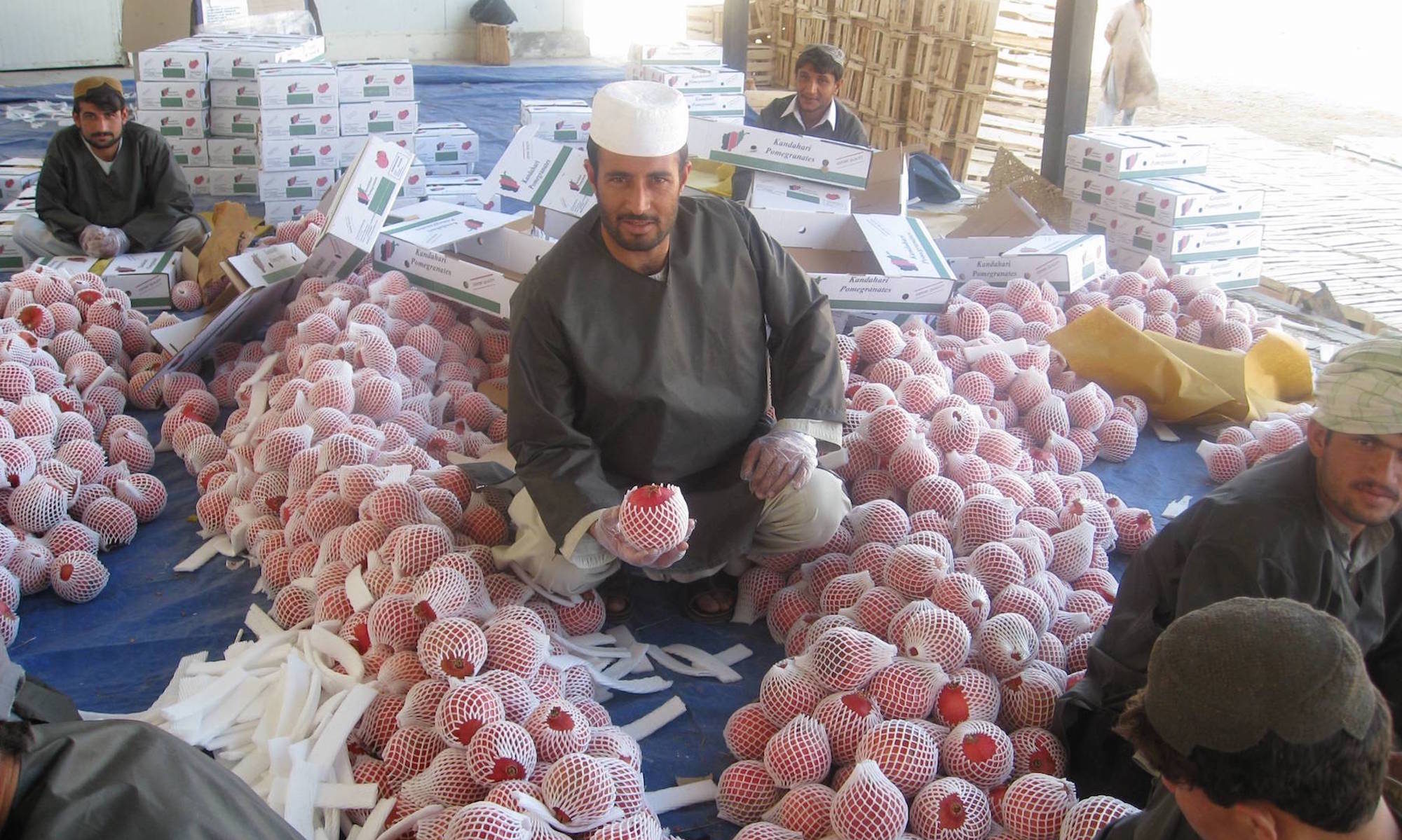Recent years have seen an explosion of interest in the cultural dimensions of conflict. Books, studies, and courses have offered perspectives on the nature of culture and its complex relationship to the transformation of conflict. Yet, ethnic and cultural fault-lines in multiple destructive conflicts continue to bring high-profile reminders of the frailty of our approaches when faced with generational hatred and enemy identities. What has brought culture onto centre stage as a feature of conflict? Among other factors, the role of world militaries continues to shift from cold war strategies of deterrence to hot peace missions of peace keeping and peace building. These deployments typically involve multinational forces in countries divided by intense ethnic conflicts, necessitate extended interaction with local cultures, and frequently include efforts to strengthen civil societies that are deeply rooted in diverse cultural and historical traditions. Thus, these teams themselves experience cultural miscommunications and conflicts as they are dealing with the same in the populations they have come to serve. In this article, I will focus on ways culture operates both as a resource and a barrier. The next section will present three metaphorical perspectives: first, culture as a lens, secondly, culture as a medium for sustaining life, and, lastly, culture as a symbolic, interactive system, both shaping and reflecting identity and meaning. Each of these perspectives informs the contextual approach to transforming intercultural conflict that I will present in the final section.

INSCT Postconflict Research Database
The Institute for National Security and Counterterrorism's Postconflict Research Database & Analysis Project stores cross-indexed bibliographic information on hundreds of journal articles, books, book chapters, and case reports that address the broad, interdisciplinary fields of postconflict reconstruction, stabilization, and peacebuilding.
26 Replies to “Transforming Cultural Conflict in an Age of Complexity”
Comments are closed.